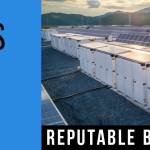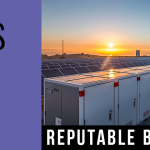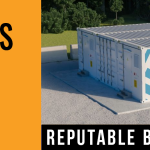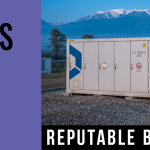
Geothermal energy is poised for a big breakout. While the technology has been around for some time — one could argue, if you look at naturally heated spas of the Romans and springs in Iceland, a very long time indeed — it’s never really been seen as a scalable part of the energy mix in the same way as solar and wind power.
The next few years will be critical in terms of development. The International Energy Agency predicts geothermal capacity growth of 3,600 to 4,500 megawatts globally through 2023. And a 2019 report from the U.S. Department of Energy projects that the share of electricity produced by geothermal plants could increase twenty-sixfold by 2050 — to the point where it would be responsible for 8.5. percent of all electricity generation in the country.
As refinements in geothermal energy systems are developed, and as more reliance on renewable energy sources highlights the need for continuous production, geothermal power is ready to take the next leap forward. In particular, what’s known as “intermediate geothermal” holds a tremendous amount of promise and has been underdeveloped. Attention has focused on either shallow projects confined to individual homes or large-scale energy production at deeper — but hard to locate and develop — depths.
The promise of intermediate
There are several types of geothermal energy. Shallow geothermal is usually found in individual homes and involves saving energy on heating and cooling by tapping into stable temperatures a few meters below the earth surface. Shallow projects also can involve simply making direct use of the heat as it escapes the surface in hot springs and volcanic vents. These are easy to build but difficult to scale.
Direct energy production occurs at much deeper levels or in areas of active volcanism (or volcanic activity), where temperatures are above 200 degrees Celsius. Essentially, such a system drills down into solid rock; injects water through one well, intercepting natural fracture or pore systems or inducing fractures to let the water pass through; and then collects the heated water through another well. It’s an efficient and constant energy source, but it is technically complex, expensive. A lot of things need to come together to create the right environment for energy production.
Intermediate scale geothermal systems tap into rock at temperatures from 80 to 150 degrees Celsius. This is not hot enough for direct electrical energy generation, but it is hot enough to use heat directly for district heating (as in the city of Munich) or to run a heat exchanger to produce cold air. This can be crucial in regions of the world where cooling is a major energy use and expense.





